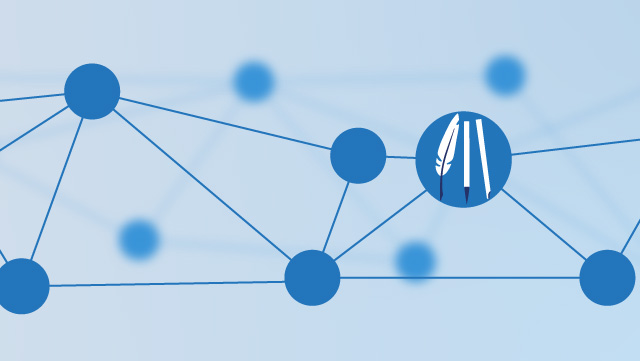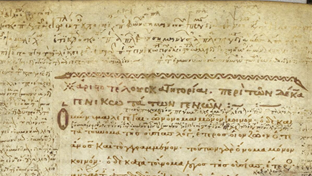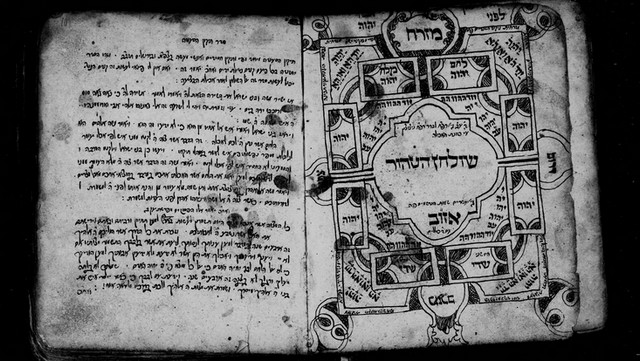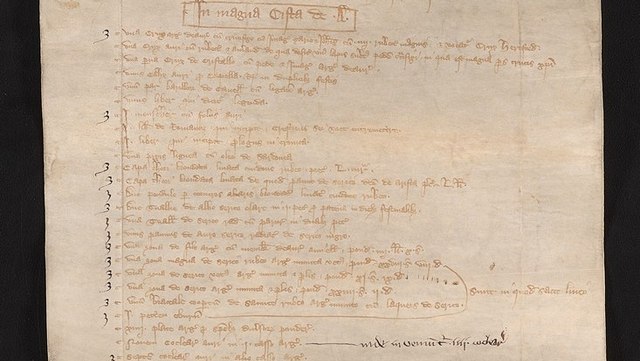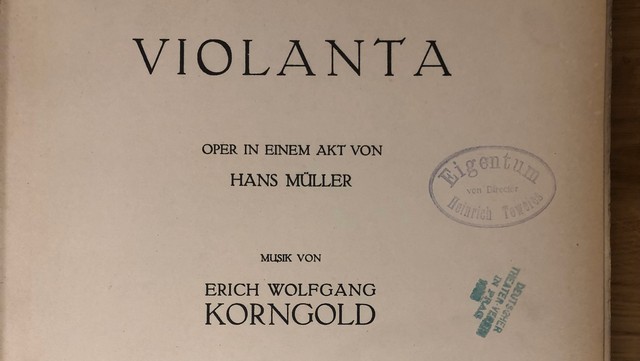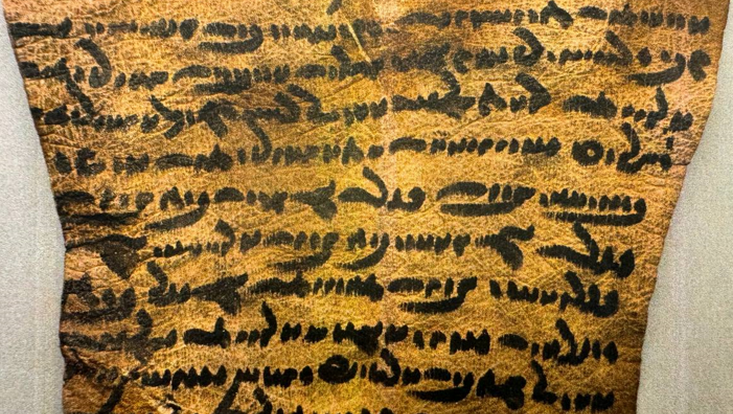(Re-)Shaping Written Artefacts
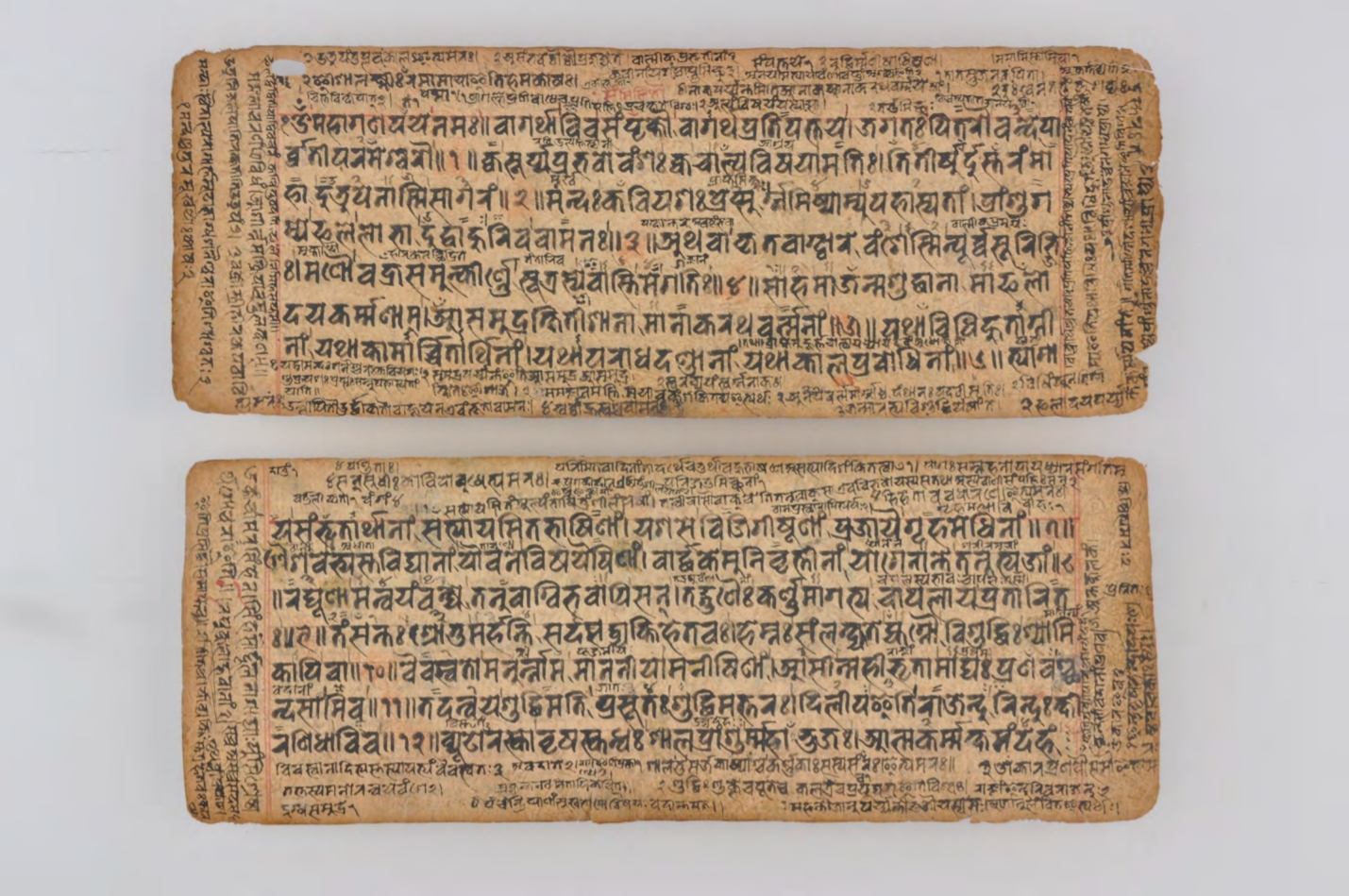
Research Field D
Far from being stable or unchanging entities, many written artefacts evolve over the course of time, acquiring ‘layers’ akin to archaeological strata. Focussing on such ‘multilayered written artefacts’, this Research Field aims to shed light on how and why written artefacts change during their life cycle. Building on stratigraphic research on European codex manuscripts, it broadens the perspective on multilayered written artefacts around the globe from antiquity to the present.
The paper ‘Multilayered Written Artefacts: Definition, Typology, Formatting’ conceptualises preliminary findings of this cross-cultural and diachronic approach. It defines key concepts and suggests further terms for a more precise analysis of the multilayered nature of written artefacts.
In their research projects, the members of RFD illuminate various forms and functions of layering on the basis of written artefacts from scholarly, performative, or administrative settings. Christian Brockmann and José Maksimczuk show how the analysis of layers in manuscripts with Aristotle’s Organon can help to trace the practices of Byzantine scholars, scribes, and laymen. An exemplary case is their analysis of the multilayered manuscript Reg. gr. 107 from the Vatican Library. In a recent monograph, Martin Jörg Schäfer and Alexander Weinstock examine the many-handed creation, handwritten transformation, and often decades of use of prompt books from the Hamburg ‘Theatre-Library’ in a time increasingly dominated by print (1770s–1820s). Based on an investigation of handwritten annotations in printed scores of Richard Wagner’s Rheingold from the nineteenth century, Ivana Rentsch exhibits the fundamental role that the layers of annotations played in musical performance practices. In two papers focussing on the production process and life cycle of ancient Chinese bamboo and wood scrolls, Thies Staack illustrates the benefits of in-depth study of codicological features of scrolls and the importance of considering them as evolving entities, to further improve their reconstruction and description. He also proves the applicability of concepts originally developed for the stratigraphic analysis of Medieval European codex manuscripts.
Different aspects of multilayered written artefacts have also been the subject of several workshops organised by members of RFD. The workshop ‘Layers of Authority – Authority of Layers’ (2021) addressed the internal dynamics of multilayered written artefacts. Two consecutive workshops entitled ‘Removed and Rewritten’ (2021 and 2023) dealt with palimpsests and related phenomena. Selected contributions from these events have been published in a thematic section of manuscript cultures 20 or will soon be published in the series Studies in Manuscript Cultures. The workshop ‘Accumulating Notes: Notebooks, Diaries and Related Examples of Everyday Writing as Multilayered Written Artefacts’ (2023), co-organised with ‘Keeping Note(book)s’ (Research Field G), dealt with layering in written artefacts the content of which typically grows over the course of time, such as notebooks or diaries. This extended the analysis of layering to the huge corpus of everyday written artefacts.
Recently, RFD has been expanding its view on multilayeredness beyond the individual written artefact, both synchronically and diachronically. On the one hand, we consider how the analysis of layers can help to establish relations between several (parts of) written artefacts. On the other hand, we ask about the role of multilayered written artefacts as part of the transmission process.
Spokesperson: Thies Staack

